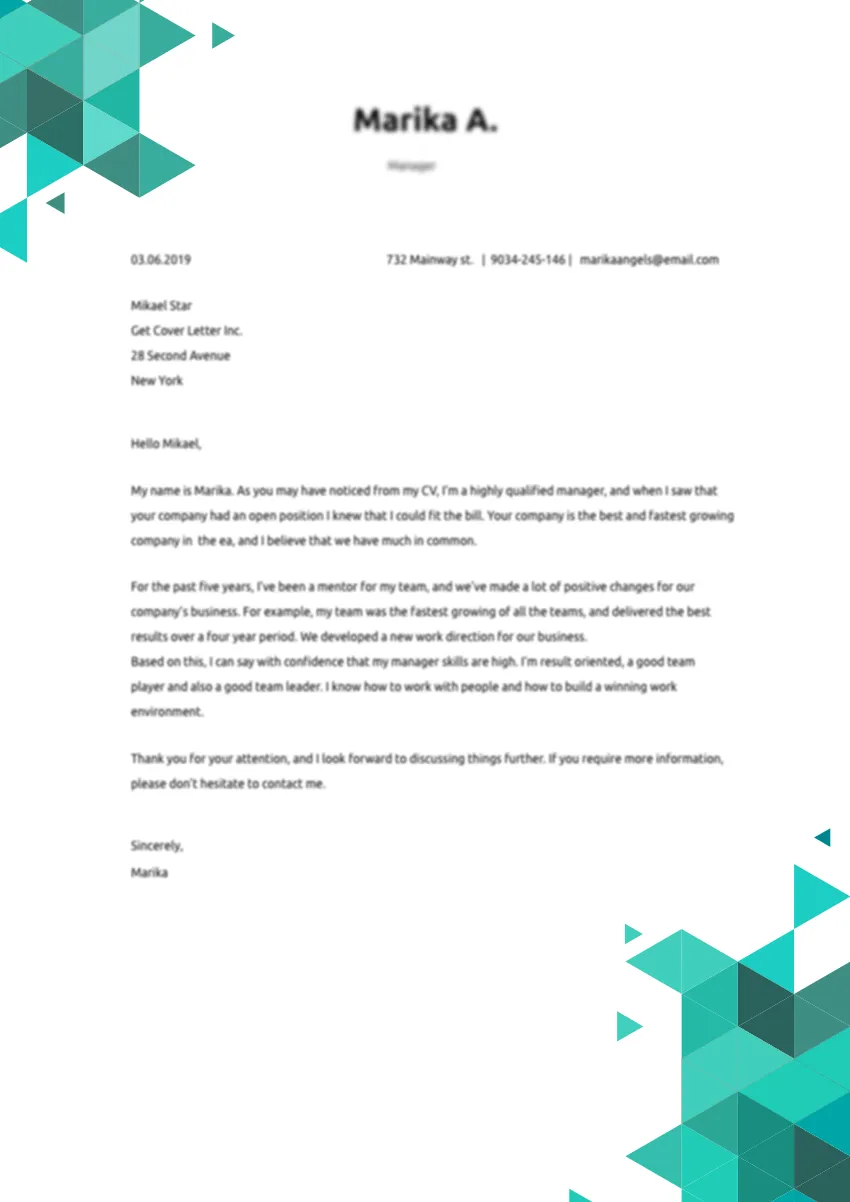What is a Graphic Designer Cover Letter
A graphic designer cover letter is more than just a formality it’s your first chance to make a lasting impression on potential employers. It serves as a powerful introduction, offering a glimpse into your personality, skills, and passion for design. Think of it as a visual extension of your resume, but in written form. It’s your opportunity to show how your creative abilities and professional experience align with the specific needs of the job and the company’s values. By crafting a compelling cover letter, you set the stage for your portfolio to shine, ultimately increasing your chances of landing an interview and the job of your dreams. It is also where you show your personal voice.
Why a Cover Letter Matters for Graphic Designers
In the competitive field of graphic design, a cover letter is your secret weapon. It’s not simply about listing your skills and experience; it’s about storytelling. Your cover letter enables you to connect with the hiring manager on a personal level, conveying your enthusiasm for the role and the company’s mission. This is where you can go beyond the bullet points of your resume and provide context for your accomplishments. Explain how your past projects showcase your creativity and problem-solving abilities, demonstrating your value to the potential employer. A well-crafted cover letter allows you to emphasize the specific skills and experiences that align with the job requirements, setting you apart from other applicants. It is important to state that you are the right person.
Essential Elements of a Graphic Designer Cover Letter
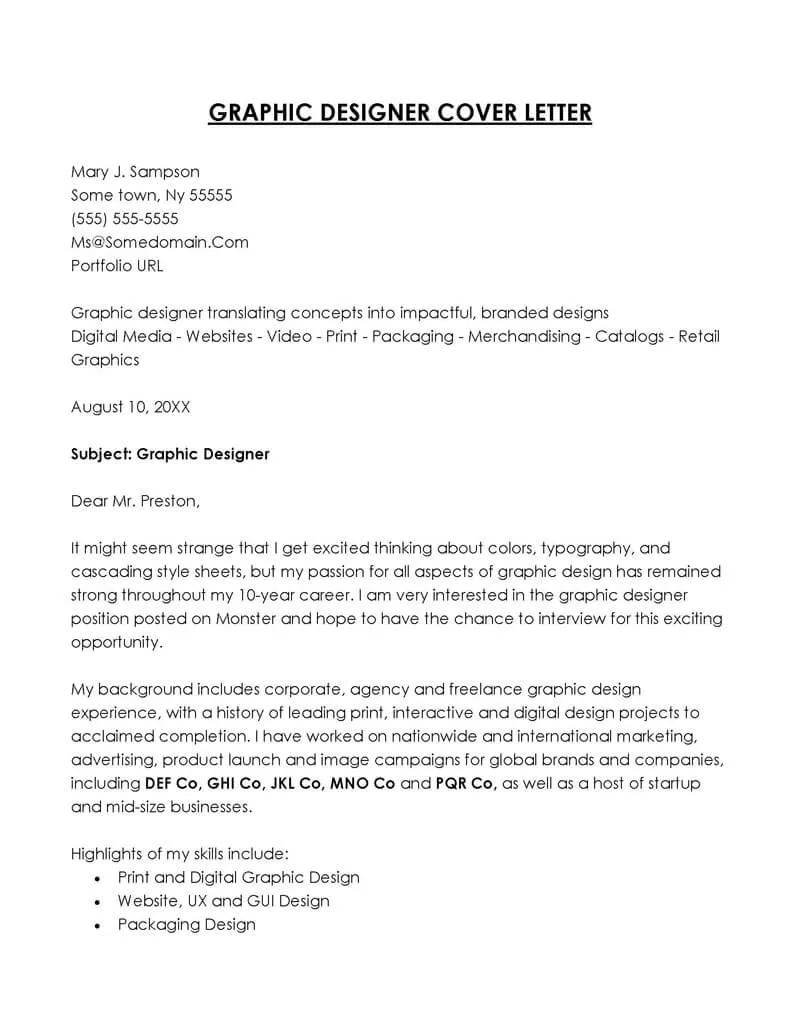
Building a strong cover letter involves including the right elements. These essential components work together to form a cohesive narrative that captures the attention of the hiring manager and showcases your qualifications effectively. These elements include concise details that communicate your value and expertise in the design field.
Your Contact Information
At the top of your cover letter, include your full name, phone number, email address, and a link to your online portfolio or website. Make sure this information is easy to read and up-to-date. This enables employers to swiftly reach out to you. Accuracy here is critical, ensuring potential employers can easily contact you to discuss your application further.
The Salutation
Address your cover letter to the hiring manager by name whenever possible. Research the company’s website or LinkedIn to find the name of the person in charge of hiring for the role. If you can’t find a name, use a professional salutation like “Dear Hiring Manager.”
Opening Paragraph: Hook the Reader
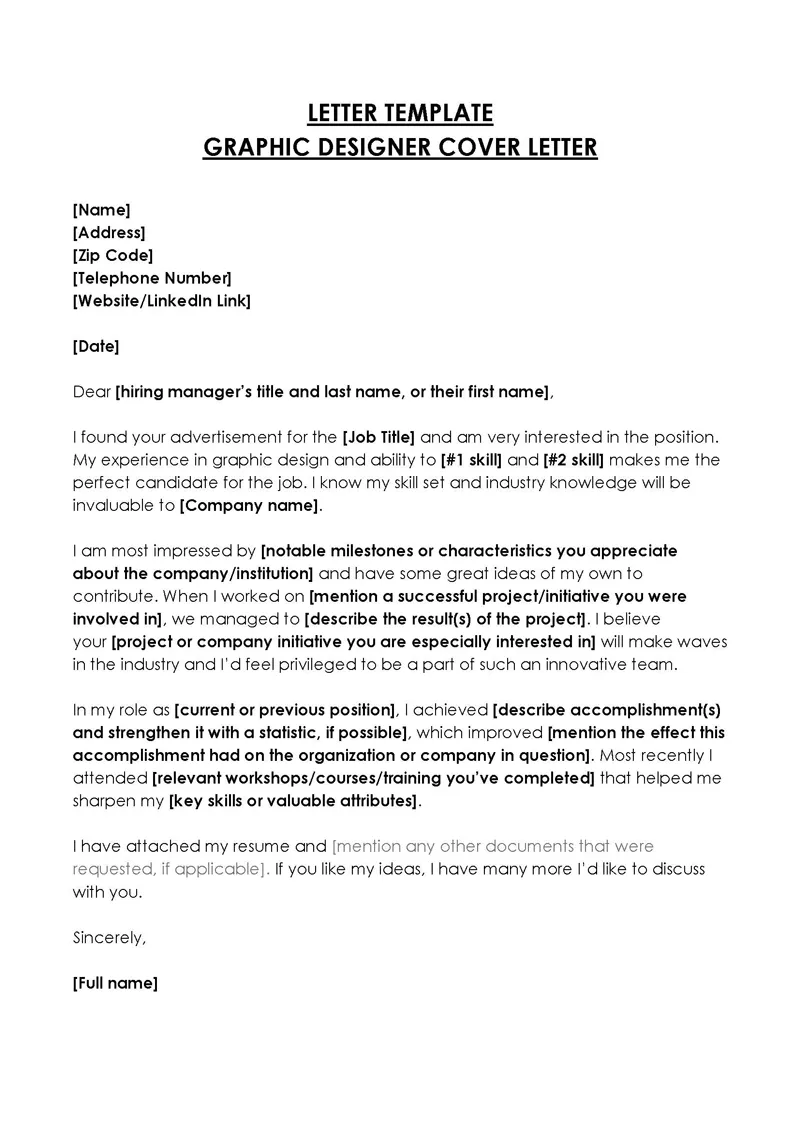
Start with a strong opening that grabs the reader’s attention. Mention the position you’re applying for and how you found the job. Consider a brief, impactful statement that highlights your passion for design or a recent achievement. Showing enthusiasm and making a good first impression immediately establishes your interest and professionalism.
Highlighting Your Skills and Experience
In the body of your letter, showcase your relevant skills and experience. Focus on the requirements listed in the job description and provide specific examples from your portfolio that demonstrate those skills in action. Quantify your accomplishments whenever possible, using numbers or data to show the impact of your work. This section should clearly communicate your value to the employer.
Showcasing Your Portfolio
Direct the reader to your portfolio. Provide a link to your online portfolio. Include examples that are most relevant to the job. Your portfolio is a key element to landing the job; ensure it showcases your best work and reflects the job requirements.
Addressing the Job Requirements
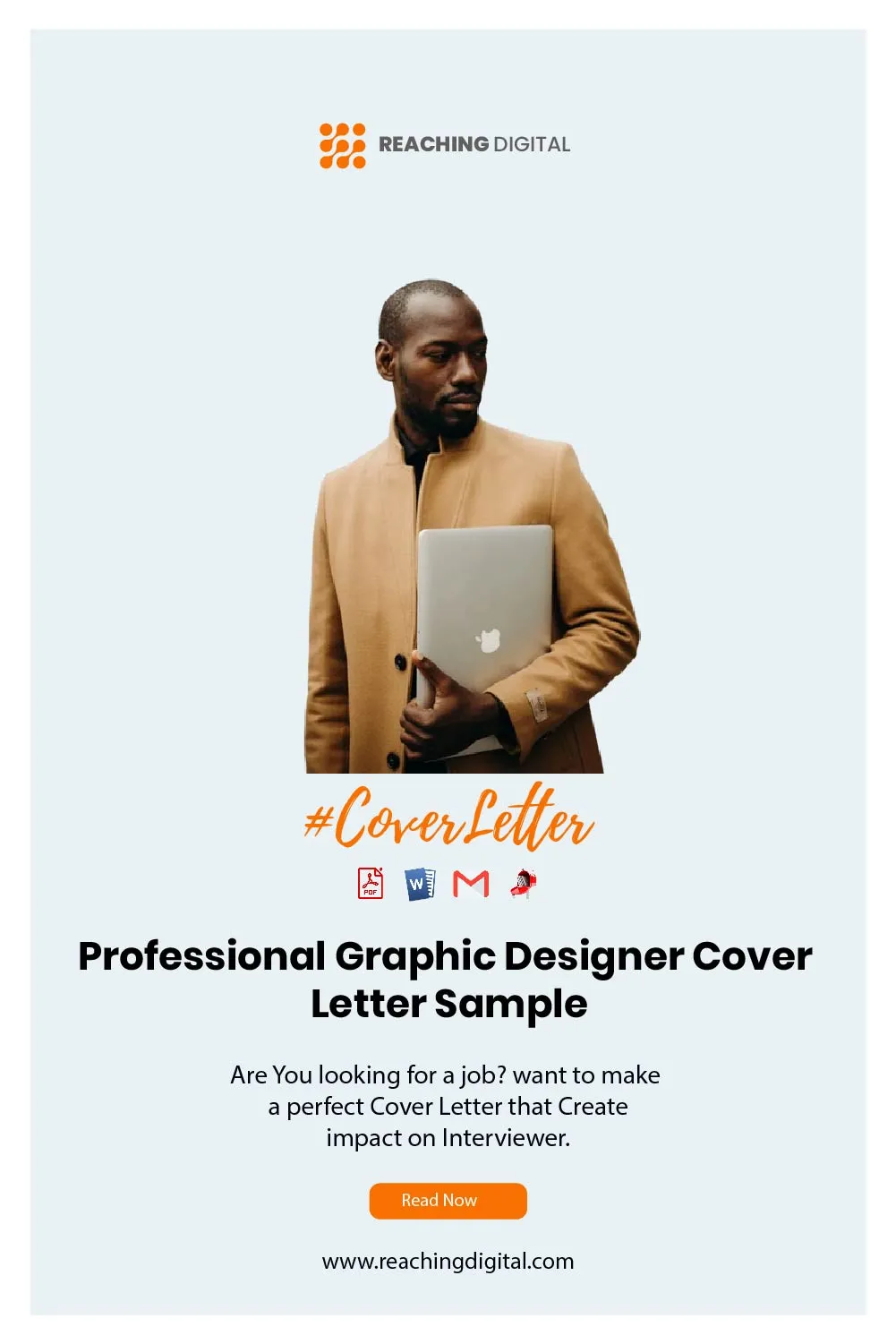
Carefully review the job description and tailor your cover letter to address each requirement. Clearly explain how your skills and experiences align with the responsibilities outlined in the job posting. This shows the employer you’ve taken the time to understand their needs and that you are a good fit.
Expressing Enthusiasm and Passion
Let your personality shine through and express your passion for graphic design and the specific company. Mention what excites you about the opportunity and why you’re interested in the role. Showing enthusiasm can make a lasting impression.
Call to Action
End your cover letter with a clear call to action. Express your interest in an interview and thank the hiring manager for their time and consideration. Make sure to show your desire to learn more about the position and company.
Closing and Signature
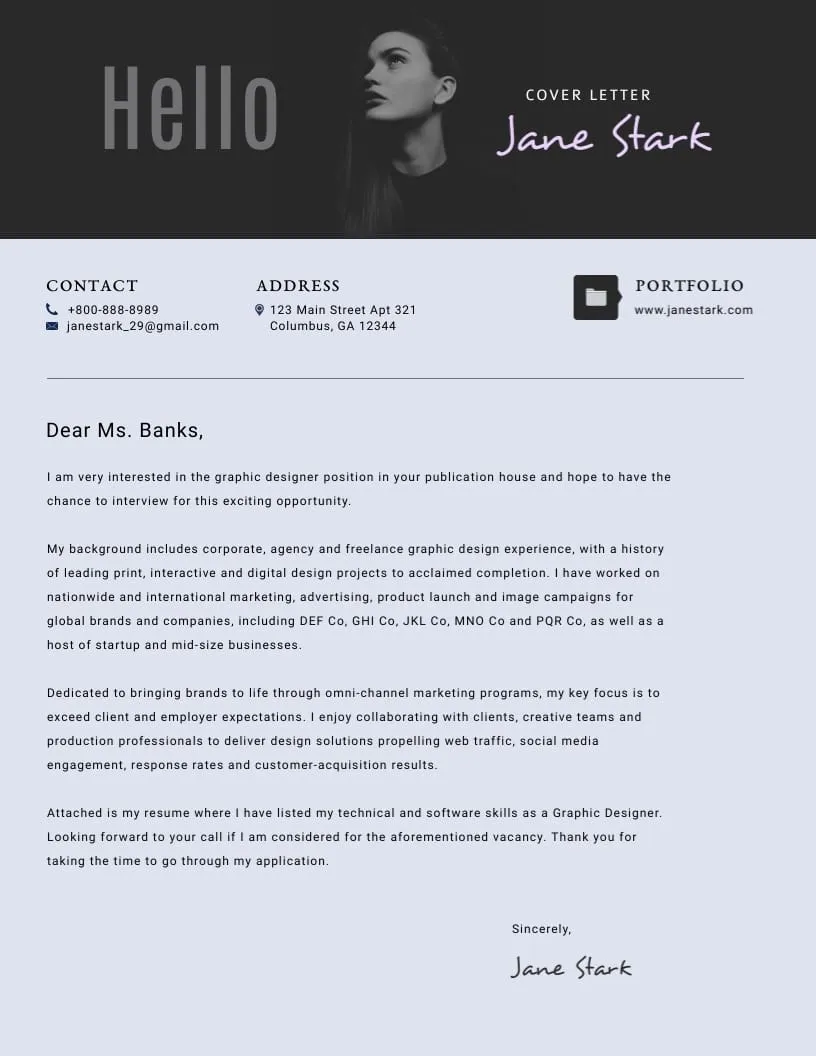
Use a professional closing, such as “Sincerely” or “Best regards.” Follow this with your typed name and your signature (if submitting a physical copy).
Cover Letter Formatting and Design Tips
In graphic design, the visual presentation of your cover letter is just as important as the content. The goal is to create a visually appealing document that showcases your design skills and grabs the reader’s attention. The following tips can help you.
Font and Readability
Choose a clean, professional font that is easy to read. Avoid overly decorative or complex fonts. Use a font size between 10 and 12 points for the body text and ensure there is sufficient spacing between lines. This makes the letter easy on the eyes and ensures the hiring manager can read it quickly.
Visual Appeal
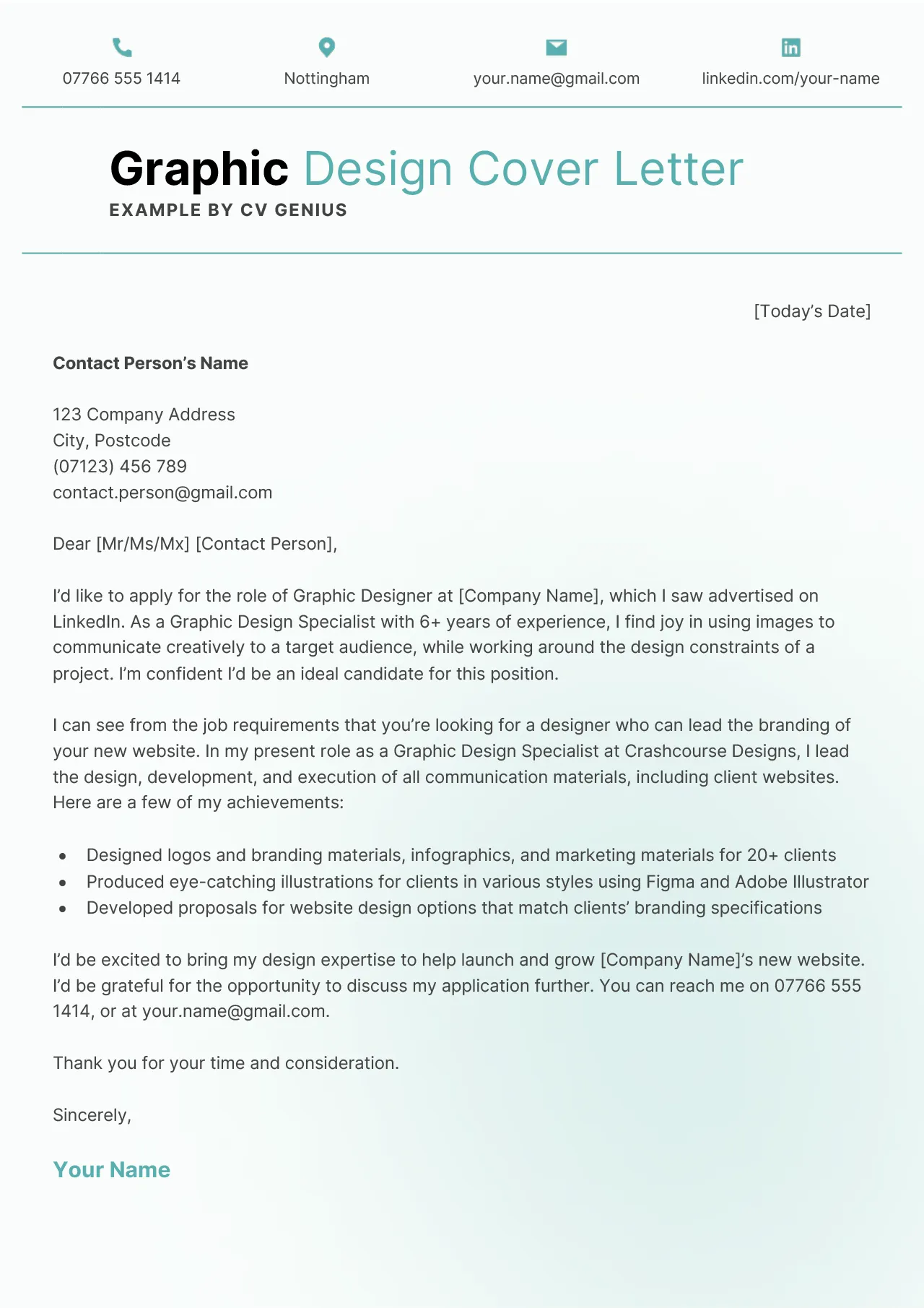
Incorporate design elements that highlight your skills. However, keep it professional and avoid anything that overwhelms the text. Use a subtle color scheme, and ensure your design aligns with the design style of the company.
Proofreading and Editing
Always proofread and edit your cover letter before submitting it. Errors can reflect poorly on your attention to detail. Check for grammar and spelling errors. Have a friend or colleague read your letter to catch any mistakes you may have missed. A polished document shows the hiring manager your professionalism.
Tailoring Your Cover Letter
Customizing your cover letter for each job application is crucial for making a strong impression. Generic cover letters are easily spotted and often discarded. Customization allows you to show the company your skills, interests, and experience are a good match for their specific needs.
Researching the Company
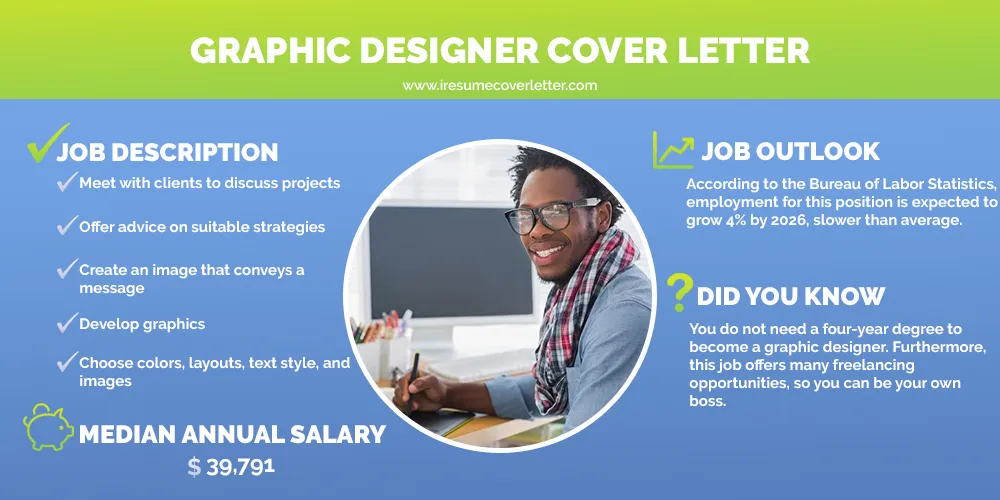
Before writing your cover letter, research the company and the role. Understand their mission, values, and the projects they are working on. Visit the company’s website and review their social media profiles to understand their brand and culture. This research informs how you customize your cover letter to show that you understand their specific needs and values.
Customizing for Each Application
Tailor your cover letter to the specific job description and company. Mention the company by name and address their specific needs. Highlight the skills and experiences that match the job requirements. This shows your interest in the position and proves you have what it takes to succeed.
Keywords Optimization
Incorporate relevant keywords from the job description into your cover letter. Use the same language and terminology as the job posting to show the hiring manager that you meet the key requirements. This helps you pass through any automated applicant tracking systems (ATS) and ensures your application gets the attention it deserves.
Common Mistakes to Avoid
Avoiding common mistakes is essential for creating a cover letter that stands out for the right reasons. These mistakes can harm your application and make the hiring manager question your qualifications. Therefore, understanding and avoiding these errors will increase your chances of getting a job.
Generic Letters
Don’t send a generic cover letter. Customize each letter to the specific job and company. Generic letters do not show that you are interested in the role or have taken the time to research the company and their needs. Tailor your cover letter to the company’s unique values, culture, and job responsibilities.
Typos and Grammatical Errors
Careless errors reflect negatively on your attention to detail. Always proofread your cover letter carefully. Use grammar and spell-check tools and have someone else review your letter before submitting. Even minor errors can make you look unprofessional and damage your chances of landing an interview.
Over-Promising
Be honest about your skills and experience. Do not make claims you cannot back up. Misrepresenting your skills or experience can harm your credibility and lead to problems if you are hired. Provide an accurate reflection of your capabilities.
Providing a Strong Portfolio
Your portfolio is essential for a graphic designer. It provides visual proof of your design skills and abilities. A strong portfolio can be the difference between landing a job and being passed over. Ensure that your portfolio is well-organized and showcases your best work.
Selecting Your Best Work
Select only the best projects for your portfolio. Choose projects that demonstrate a variety of skills and align with the job requirements. Show the projects that are most relevant and demonstrate your ability to create high-quality design work. Include only your best and most relevant work.
Providing Access
Make it easy for potential employers to access your portfolio. Ensure it is easily accessible online and the navigation is simple. Provide a clear link to your online portfolio in your cover letter and resume. Your portfolio should be well-organized with an easy-to-use layout and clear descriptions of each project.
Seeking Feedback on Your Cover Letter
Once you’ve finished writing your cover letter, seek feedback from trusted sources. Ask experienced graphic designers or career counselors to review your cover letter. Ask them to review your letter for content, design, and overall impact. Their feedback can help you improve your letter and give you a better chance of landing an interview.
